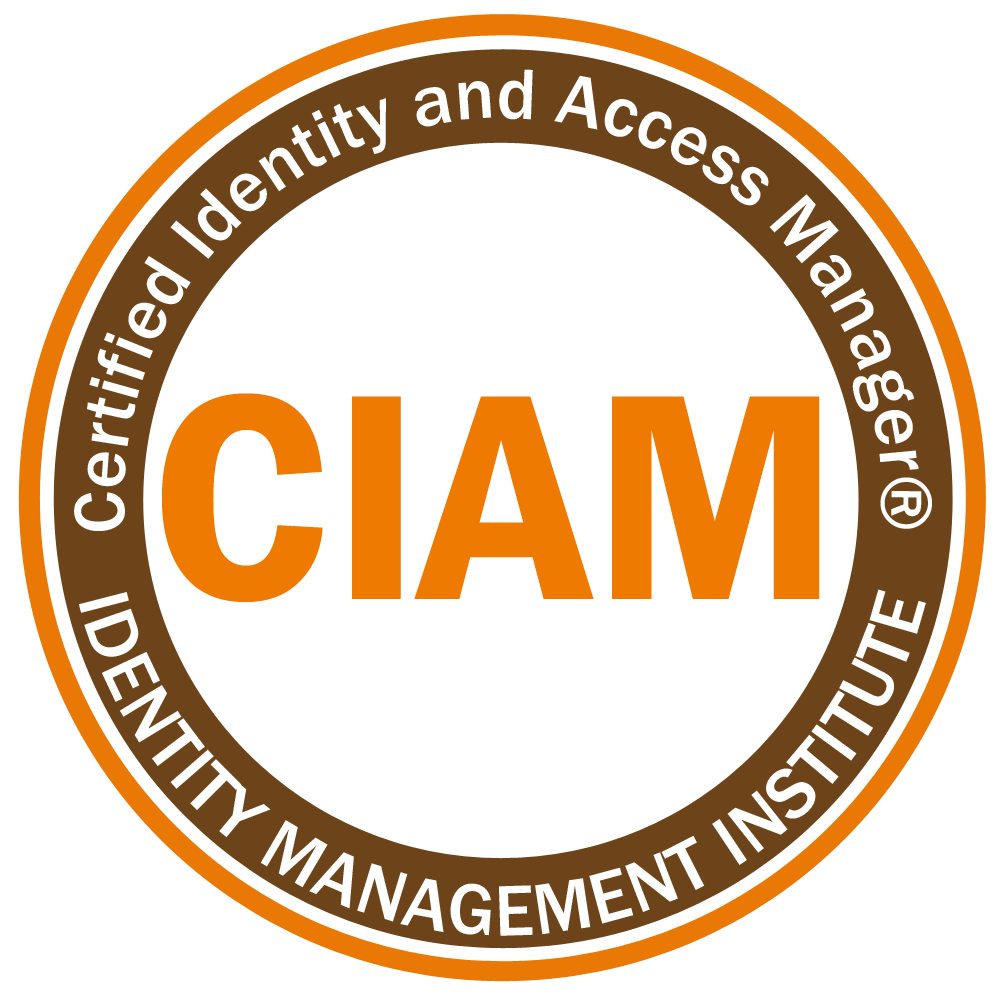8 Ways to Keep Criminals Out of Your Business
There is an urgency to keep criminals out of businesses where valuable information and other assets exist because criminals increasingly join highly valuable businesses for personal gain. Also, there are cases where criminal employees have cost their businesses huge amounts of money due to lawsuits because they committed other crimes while employed such as murdering and robbing clients. There is no shortage of published stories about bank employees stealing customer identities and empting account balances before disappearing or getting arrested. Also, companies have been punished by the legal system for the criminal acts of their employees toward their clients such as murder, robbery, and aggression. Often, these criminal employees have criminal past which would have been a hiring red flag had the company performed a complete pre-employment screening and background checks. Other times, employees cross over to the dark side while employed due to financial problems, animosity toward their employers, or revenge against colleagues. Whatever the reasons, whether premeditated or not, companies must protect themselves and their shareholders by proactively taking various actions to keep criminals out of their businesses and any association which can place the company at risk. Below are 8 ways to keep criminals out of your business:
1. Review employment application – The job application must be reviewed for completeness, accuracy and inconsistencies. Criminals who use stolen identities to apply for employment may make critical errors when completing job applications which may indicate potential employment red flags and must be further investigated. The information presented in the application can be compared to external sources of information to identify issues. For example, before a candidate’s background can be assessed, the validity of the identity must be established first.
2. Complete a pre-employment screening- A criminal and credit background check can bring up a lot of past crimes and financial problems such as bankruptcy, collections, late payments and criminal actions.
3. Perform post-employment background checks – After an applicant passes the initial pre-employment background check and is hired, post employment screening must be performed when an employee is considered for an internal transfer to a more sensitive area of the business which will give the person more access to systems and information to make sure that the employee is not experiencing difficulties and unusual behavior outside of the work environment which might spill over into the place of employment. The possibility of the person’s situation having changed since the hiring date exists and must be verified.
4. Check references – Checking references is very important part of the pre employment screening process. However, the validity and credibility of the references must be evaluated before they are contacted to inquire about the background of the applicant.
5. Publicize company policies – In order to keep employees in check, it is important to publish company policies regarding code of ethics, monitoring, and consequences of policy violations. Periodic employee training is also an important step for communicating policies to all employees and contractors regarding acceptable and unacceptable behavior.
6. Monitoring – Once policies are published and employees are trained and communicated, employee activities inside and outside of the business systems must be monitored including document uploads, excessive printing, unauthorized account access attempts, unusual system activity, and Internet activities. This monitoring process will help detect signs of misconduct and potential criminal act.
7. Take swift action – Once a criminal act or misconduct is detected, the company must take swift action to investigate the matter and either terminate the employee, clear the employee, or decide to issue a warning and keep an eye for some time. This is important to minimize potential damage and to get the message across to all employees that the company takes crime prevention very seriously.
8. Monitor Internet and social media – Everyone has either some type of social media account or participates in digital socialization which can potentially be monitored to some extent and detect behavioral red flags which can spill over into the company.
Read another workplace information protection article to keep criminals out and in check.






